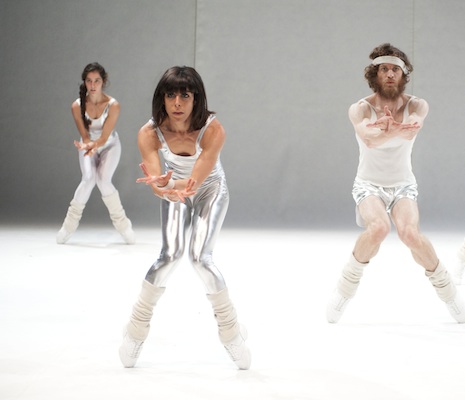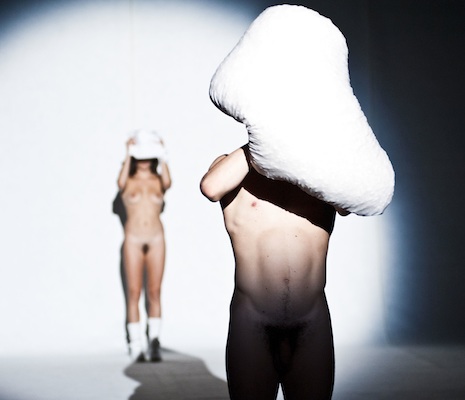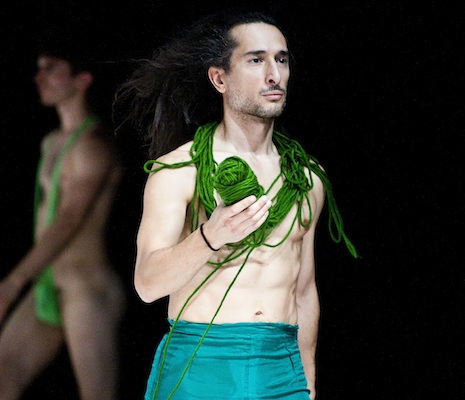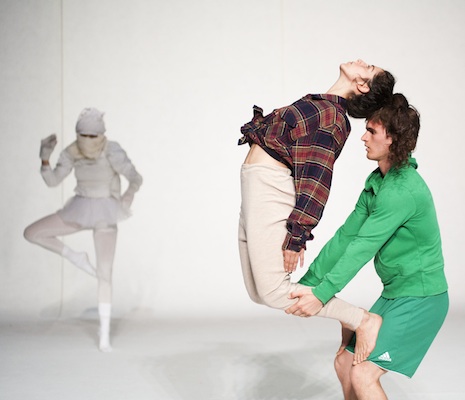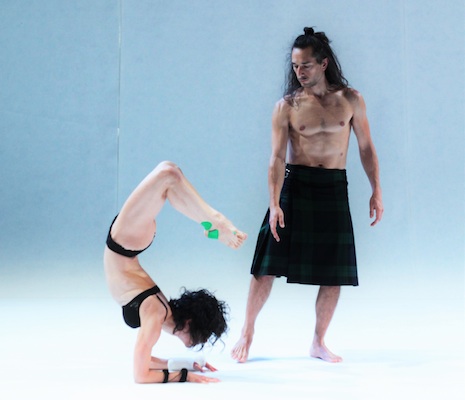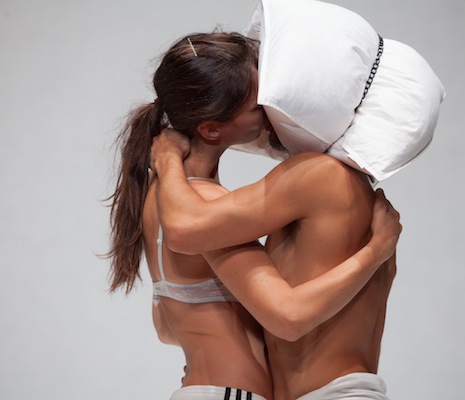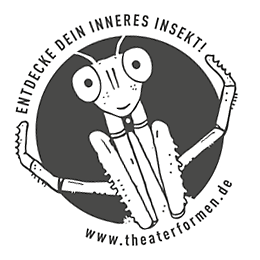Francesca Pennini on the physical and the spiritual in Sylphidarium
Let’s start with your company CollettivO CineticO. How long have you been working together and how has your work developed over the years?
The company was founded in 2007, at first it wasn’t a proper company, but a loose set of working relationships. Over 50 artists are members of the collective. Our name, CollettivO CineticO (kinetic = movement, relating to movement) doesn’t just refer to movement of the body or the fleeting events of a performance, to which movement is already inherent, but also to the constantly changing structure of the company and the roles we take on in it.
Also, our most important works usually result from outside influences, they are created from chance encounters outside of the dance and theatre world. This unplanned, organic way of working is an important factor in creating new forms of expression. We allow different positions to enter into dialogue with each other and organise the anarchy of the body and artistic approaches.
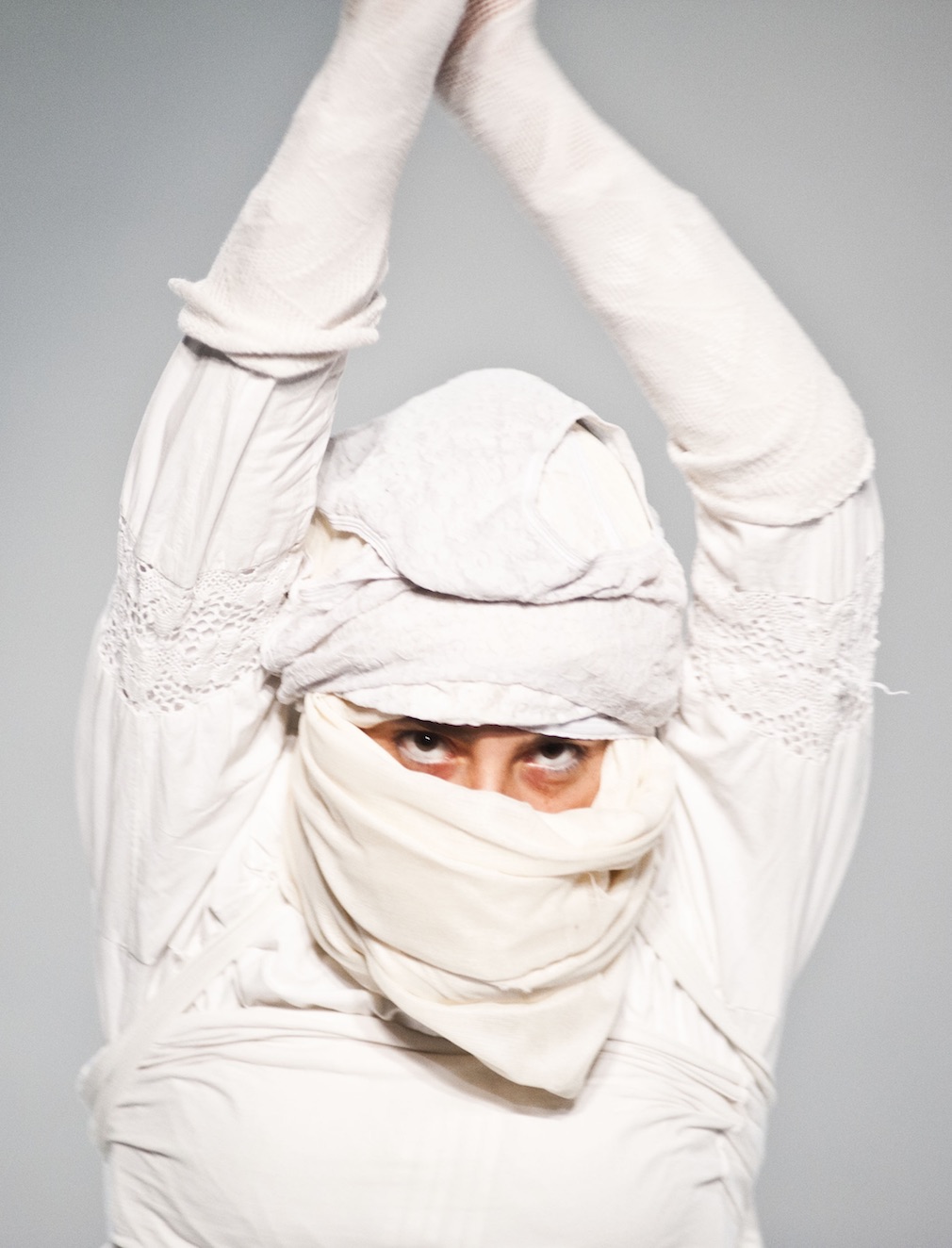
The production you will present at Theaterformen is called Sylphidarium: Maria Taglioni on the Ground. What’s a sylph? Who’s Maria Taglioni?
Sylphs are Germanic mythological creatures, elusive spirits of the air, who live in the wind. In 1832, the choreographer Taglioni created the ballet La Sylphide based on the uniquely weightless dance style of his daughter, the ballerina Maria Taglioni (see info box). Incidentally, the same word is used to describe certain insects that colonise animal cadavers and can therefore be useful for finding out information in autopsies.
With our piece, Sylphidarium, we’re trying to open up the ballet tradition, to dissect it, it’s about the transformational ability of the body, which on the one hand sets up the choreographic rules, but at the same time must submit to them. It helped us to imagine the ballerina’s body as genetically manipulated, half-insect and half-human.
Along with a three-piece ensemble of musicians, there are also eight female performers and one male performer on the stage, including you – extremely athletic bodies, which change costumes more than a hundred times during the performance. Why this constant change?
To differentiate between the characters and the people, between the roles and the performers.
Dramaturgically speaking, the characters keep moving from one performer to the other, the characters and the performers never entirely overlap. Maria Taglioni and the sylphs are separate entities, just like (the performer) Angelo and (the role) James, (the performer) Margherita and (the role) Magde, and (the performer) Vilma and (the role) Effie. Each role has its own characteristics that can be performed in countless variations and through which the audience can identify them. It's a game for the audience, in which the aim is to recognise as many roles as possible.
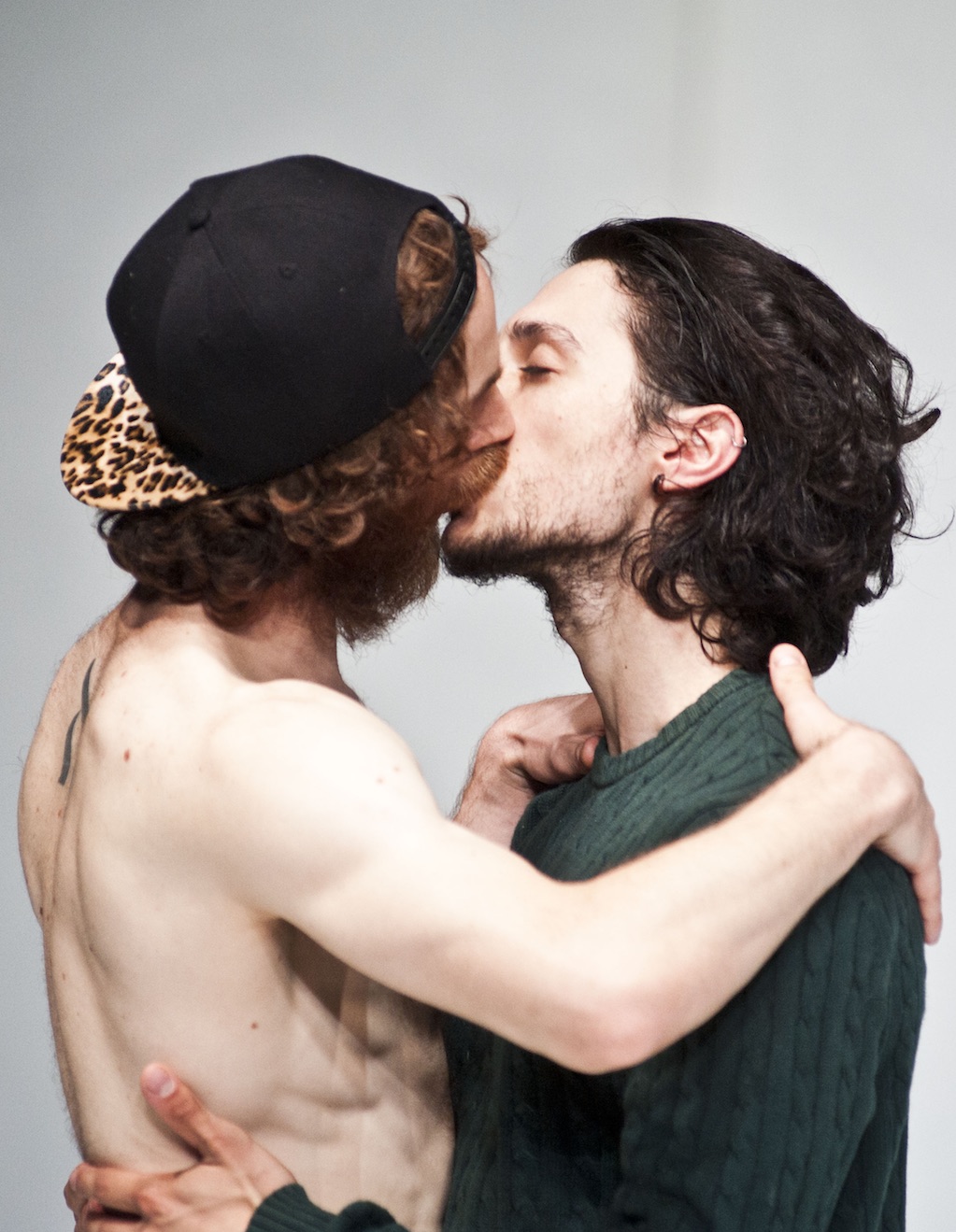
The story in the ballet La Sylphide is, among other things, a battle of the elements. It’s about the impossibility of uniting these ethereal, phantasmal beings with the heavy, earth-bound existence of humans. But your set looks nothing like a battlefield. Where does the battle take place in your show?
The battle takes place inside the body. It is fought where physical matter reaches its limits and transforms. We depict this striving for an airy, spiritualised state, which divides the world of the sylphs from the world of the humans, as the transformation from liquid to gas, as the process of evaporation. Our sylphs die of exhaustion, evaporate in sweat. The group choreography in the last act, which borrows elements from Michel Fokine’s abstract ballet Les Sylphides from 1902 (see info box), is pure, cruel movement leading to exhaustion. A collective dancers’ suicide, an aerobics battle, in which the weapon is turned against one’s own body, forcing it to transform, annihilating it. It’s voluntary hardship, taken on joyfully and savoured. A happy sacrifice.
Francesco Antonioni’s music was composed especially for Sylphidarium. How did you work with the composer?
It was the first time we worked together and I’m extremely happy with the result. The choreography in the first and second act was created before the music. The rhythmic structure of the dance became a kind of blank music sheet onto which Antonioni composed his music, to which we then reacted. In the last act it was reversed: the music was written first and gave the act a strong identity early on. But, because it was finished last, it also brought together all the production’s different ideas.
I think Antonioni’s composition always remains very lively and enjoyable, despite its musical complexity. The palette of sounds he uses is extremely rich and variable, sometimes it drastically changes register, plunging into different musical worlds without every losing sight of the overall coherence. That’s infectious.
Questions from Martine Dennewald.
La Sylphide
is considered the oldest Romantic ballet. The original version from 1832 was written by the Italian dancer and choreographer Filippo Taglioni for his daughter, Maria. With her graceful, weightless dancing style, she set the standard for an entire epoch and laid the foundation for today’s pointe dance. The piece founded the era of Romantic ballet and created the original forms of the floating swan-girl, bayadères and other female figures dressed in white, all of which are still representative of classical ballet today. A sylph is an ethereal being, a child of the air and the forest. The ballet La Sylphide tells the story of a young farmer, James, who succumbs to the magic of the sylphs the night before his wedding to Effie. His attempt to possess them in the earthly realm destroys his future and leads him to his death.
Les Sylphides
is the first abstract, non-narrative ballet in the history of dance. The original choreography from 1902 is by Russian-American dancer and choreographer Michel Fokine, who chose piano pieces by Frédéric Chopin as its music.
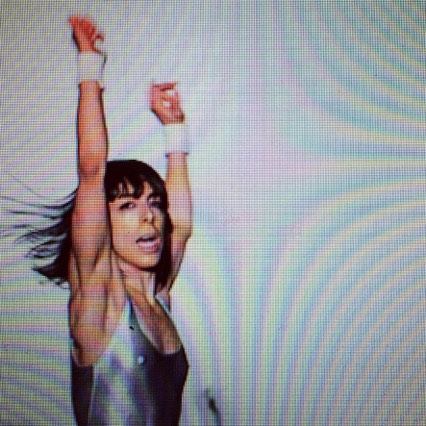
Francesca Pennini,
born in 1984 in Ferrara, studied at the ballet school BalettO di ToscanA in Florence, as well as at the Laban Dance Centre in London and has experimented with numerous different (dance) disciplines, from Japanese butoh and freediving to various martial arts and disco dance competitions. Before Pennini founded CollettivO CineticO in 2007, she worked as a dancer for the company Sasha Waltz & Guests. In her work, Pennini plays with the possibilities and boundaries of performative events and also works on gender roles and the differences between bodies and spaces, as well as the relationship between performers and the audience. Photo: Daniele Zapp
CollettivO CineticO
is an experimental performance group founded in 2007 by choreographer Francesca Pennini as an open artists collective. More than 50 artists from different disciplines are members of the group. The collective’s works can be located somewhere between the performing and the visual arts, and question the mechanisms and rules of performative events. CollettivO CineticO works at the Teatro Comunale di Ferrara and has so far produced 37 works, which have received many national and international prizes.
Bochert Translations (Anna Galt)
